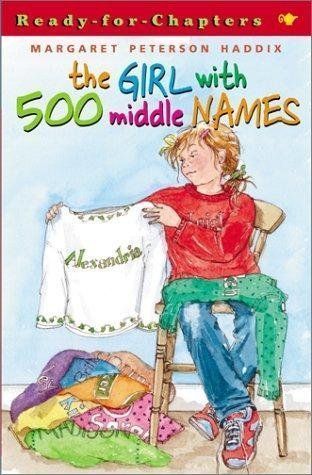
Reviews
Sarah Sammis@pussreboots
Christine@definitelynotskittles
Erik Wallace@erikwallace
Julia@juliahansen
Audrey Lord@somebookdevourer
Emelie@swedishbookowl
Mercy K@mercyk
Caroline Lewicki@clewicki20
Ahaana Bhargava@windowstoworlds
Olivera Mitić@olyschka
Destiny J Tamayo@ddjjtt
Jade Flynn@jadeflynn
Cat@caityreads
Akanksha Chattopadhyay@akanksha_chattopadhyay
Olivia Balderstone @gayvibes
Abigail F@collapsinglibrary
Dinda@dinda
Laura Allen@lauraandmason
Yasmin S.@warmcupofmagic
Cailin Duffy@rosepetalpages
Janet Doré@vistacanas
Emily S@bibliochemist
Annvie N@annvie
sash.@sashaolomon